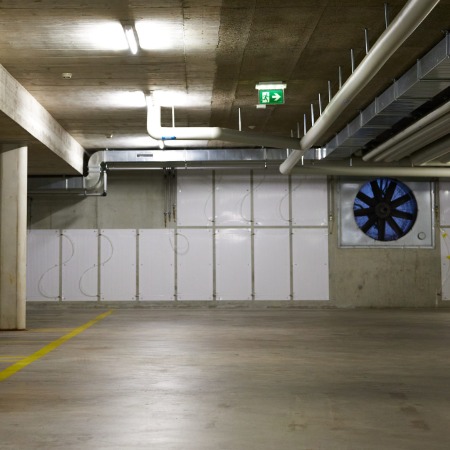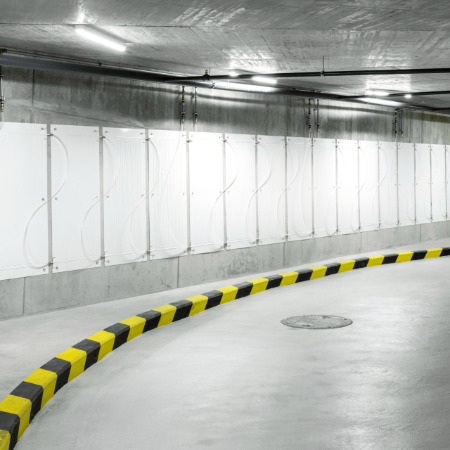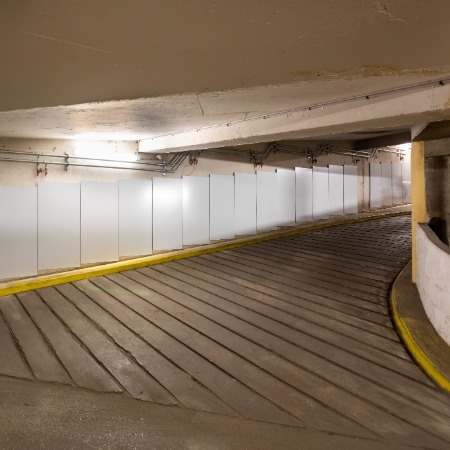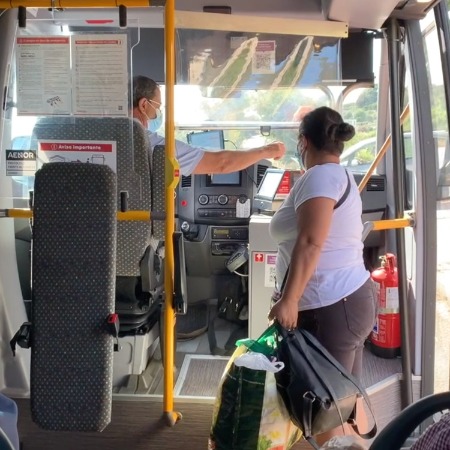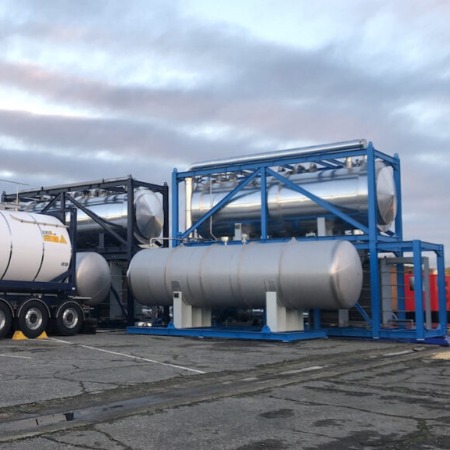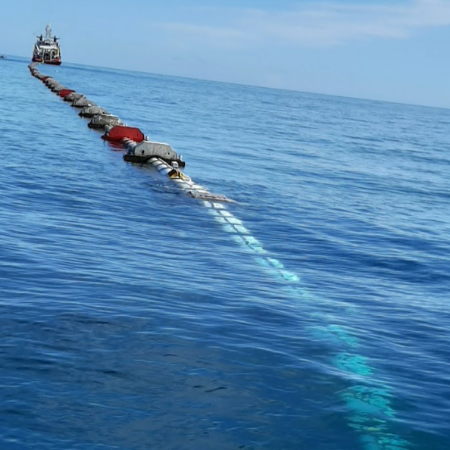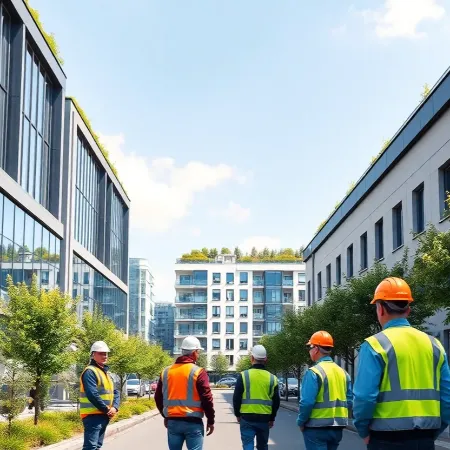01. Definition
What is the energy crisis?
In recent years, many scientists have raised their voice to warn about climate change, caused notably by the burning of oil and coal in order to produce energy.
Solutions to the energy crisis
Over the last two centuries, energy needs have skyrocketed dramatically, especially because of the transportation and industry sectors. However, fossil fuel are polluting and their reserves are limited. We know today that these resources are close to exhaustion and our societies are facing a major challenge: the energy crisis.
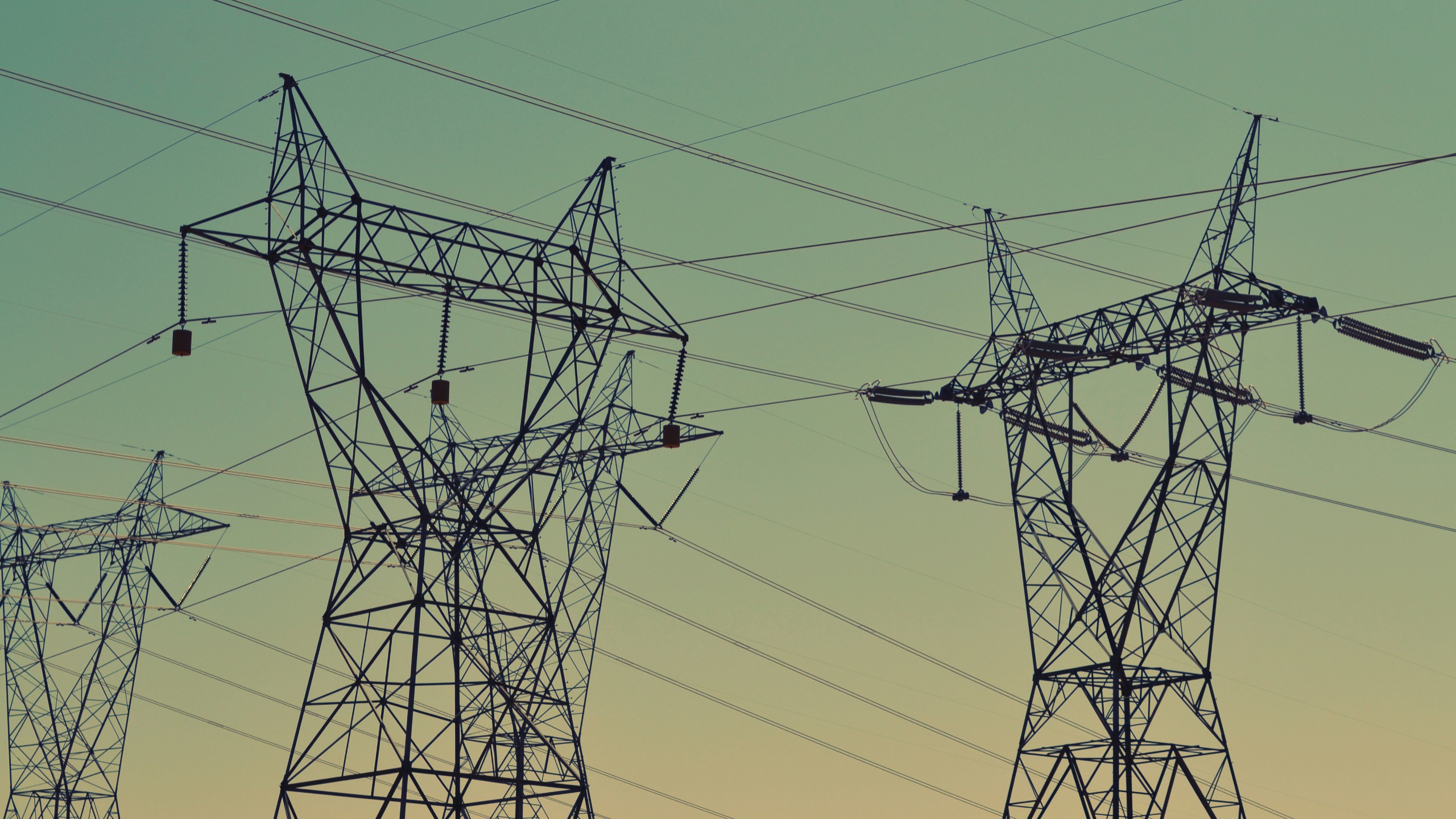
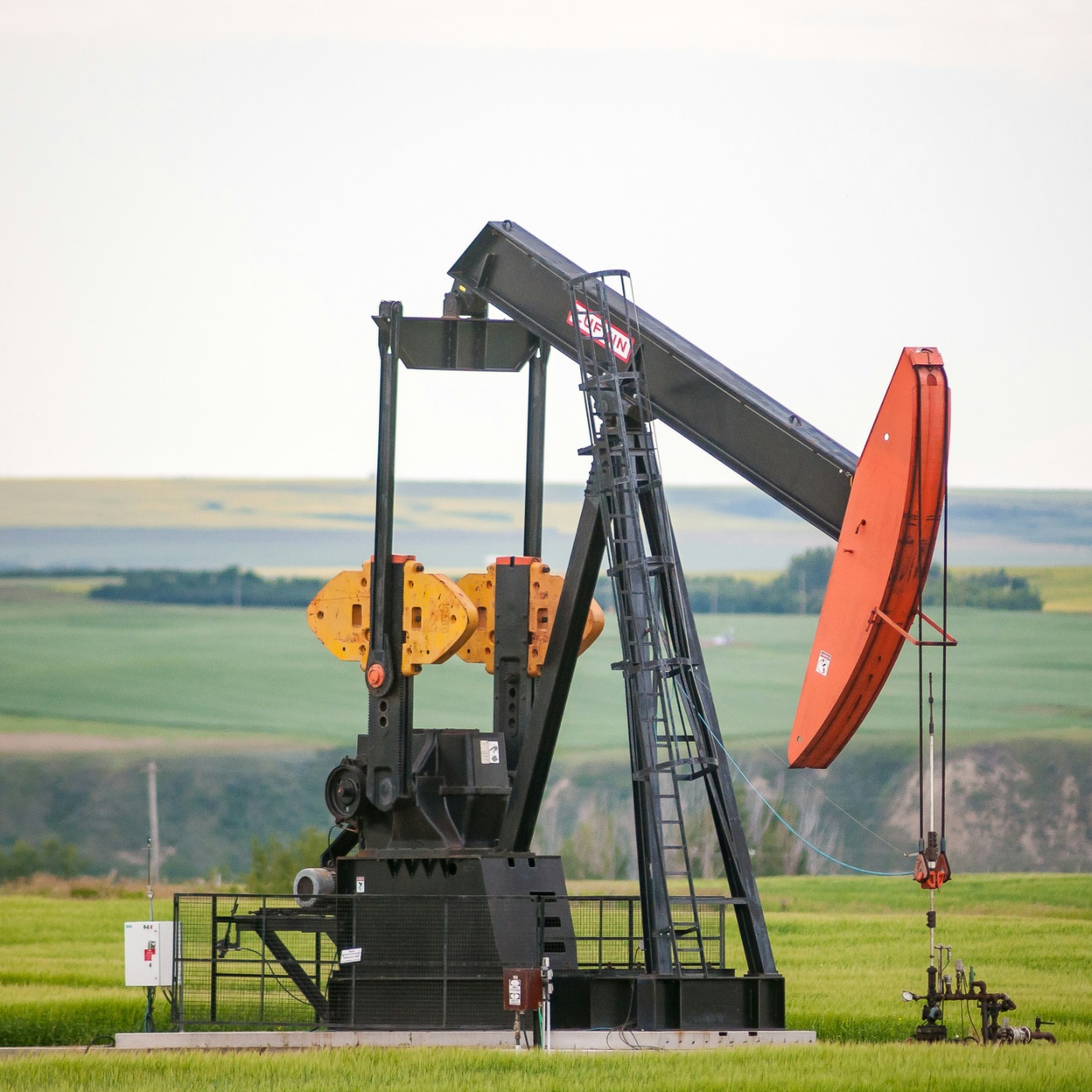
01. Definition

02. Causes

03. Impacts
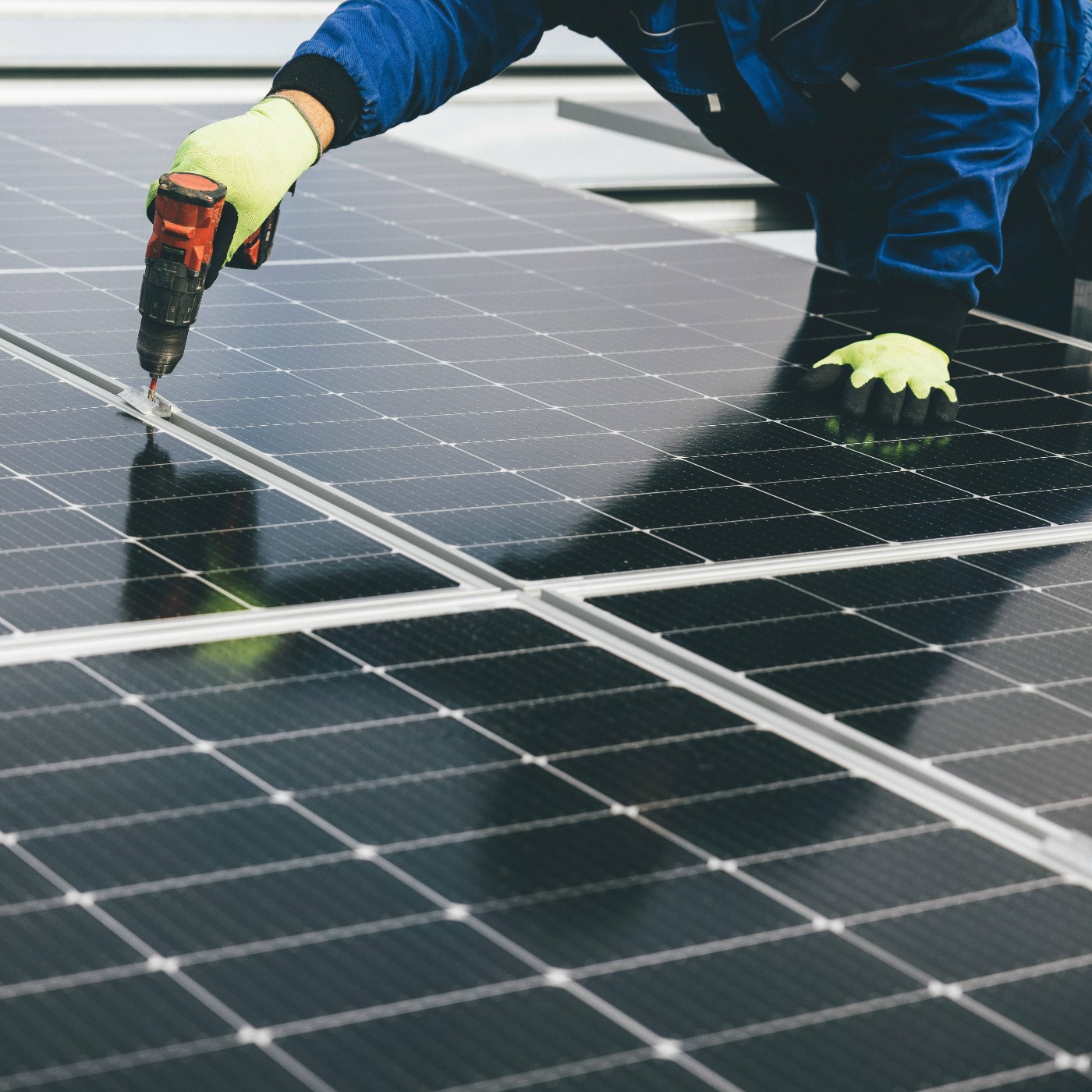
04. Solutions
05. Implementations
EV for fleets by Make my Day implemented by TotalEnergies in Paris (France) in 2025
EV for fleets by Make my Day implemented by Holcim in Buenoes Aires (Argentina) in 2025
Geothermal panel by Enerdrape implemented by Realstone in Lausanne (Switzerland) in 2021
Geothermal panel by Enerdrape implemented by Coop in Renens (Switzerland) in 2023
Geothermal panel by Enerdrape implemented by Next Immobilier SA in Aigle (Switzerland) in 2024
Geothermal panel by Enerdrape implemented by ENGIE in Paris (France) in 2025
Shotl On-Demand Transit Platform by Shotl implemented by Vallirana City Council in Vallirana (Spain) in 2018
Shotl On-Demand Transit Platform by Shotl implemented by Trentino Trasporti in Trento (Italy) in 2023
Shotl On-Demand Transit Platform by Shotl implemented by Mybuxi in Herzogenbuchsee (Switzerland) in 2019
KLIMA-PUR by INDRESMAT implemented by Port Ginesta in Castelldefels (Spain) in 2023
Move Heat 2 Cold by Water Horizon implemented by Toulouse Métropole in Toulouse (France) in 2020
Sea Water Air Conditioning SWAC by PACIFIC BEACHCOMBER implemented by Tahiti Hospital in Papeete (French Polynesia) in 2022
Hydraloop by Hydraloop Systems BV implemented by Upgrade Real Estate in Ghent (Belgium) in 2022
Hydraloop by Hydraloop Systems BV implemented by Wind Groep in Lemmer (Netherlands) in 2023
Hydraloop by Hydraloop Systems BV implemented by Intercontinental Hotel Group: IHG Voco™ in Vilvoorde (Belgium) in 2023
SCAN by Geosophy by Geosophy implemented by IDF Investissements et Territoires in Saint-Ouen-sur-Seine (France) in 2022

06. Conclusion


